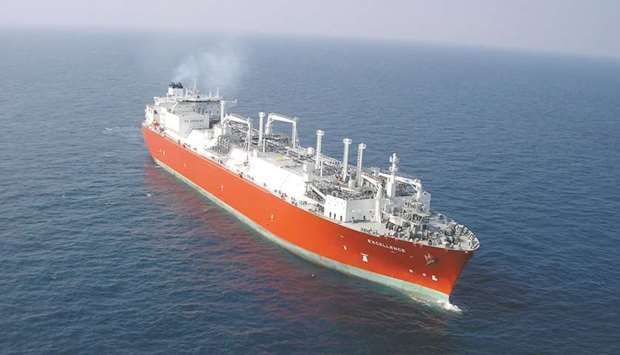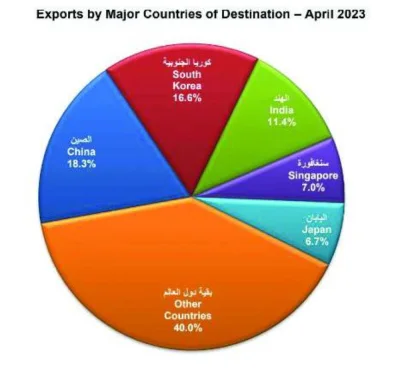Qatar’s fiscal balance has returned to surplus in 2018, said premier ratings agency S&P, which expects the “high level of government assets” to remain a core rating strength.
Qatar’s external balances are set to improve, despite the boycott, with fiscal balance remaining strong over the 2018-2021 period, S&P noted in its report on Sunday.
Qatar's goods exports to the blockading nations were relatively limited; most of its gas receipts come from Asian customers, the report said.
The UAE, it noted, still accounts for 4% of Qatari exports, including gas exports through the Dolphin pipeline, which S&P does not expect to be affected by the blockade.
Therefore, the impact of the boycott on Qatar's export earnings has been limited, in S&P view. Qatar has found alternative sources of goods that previously arrived from blockading nations, although likely at higher prices, and now imports directly into its newly opened port.
“We expect the current account position will remain in surplus of about 7.5% in 2018 (versus 3.8% in 2017), supported by higher hydrocarbon prices, with which most of Qatar's gas contracts are linked.
“Over the medium term, we expect the current account balance to remain in a surplus of around 5%, largely driven by our oil price assumptions,” it said.
Outflows of non-resident funding (non-resident deposits and inter-bank placements) from Qatar's banks reached about $22bn (13% of GDP) at year-end 2017, around three-fourths of which was related to the blockading countries repatriating deposits they had in Qatar. However, liquidity injections of about $40bn (24% of GDP) by the QCB and public sector entities — mostly QIA — “more than compensated” the outflows.
Non-resident deposits have gradually been rising since late 2017, when they fell to their lowest. In S&P view, the trend demonstrates investor confidence in the financial sector that shows banks' success in mobilising funds from other sources outside of the Gulf Cooperation Council.
Nevertheless, the maturity profile of these non-resident deposits is relatively short, “weakening” Qatar's external liquidity position.
“We estimate Qatar's gross external financing position will have risen to 173% of current account receipts in 2018, up from 157% in 2017. Over the same period, bank credit directly to the government has increased. We believe that the government has used the increase in external funding to finance its ongoing significant infrastructure programme,” S&P said.




